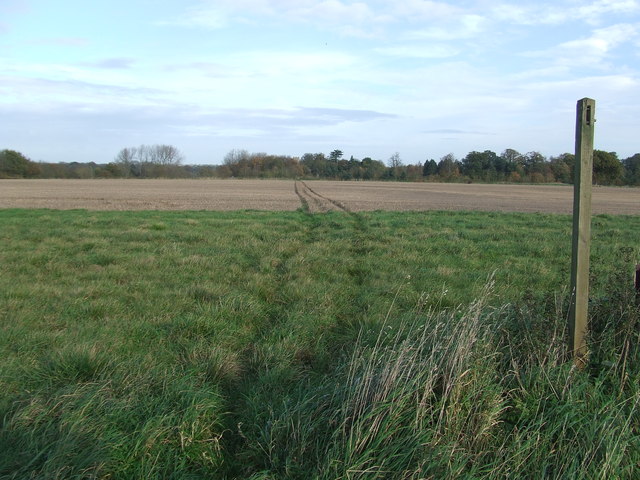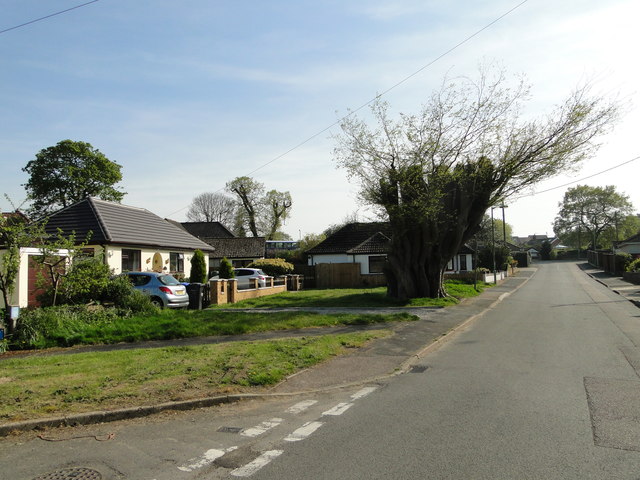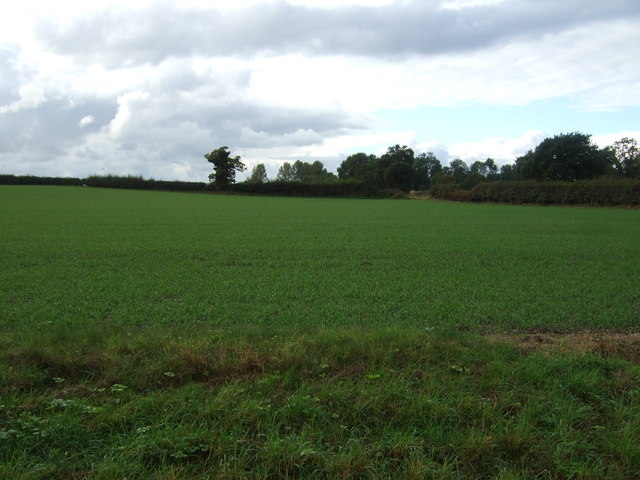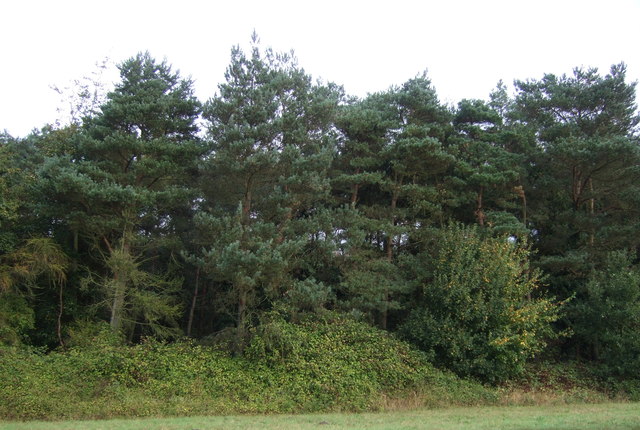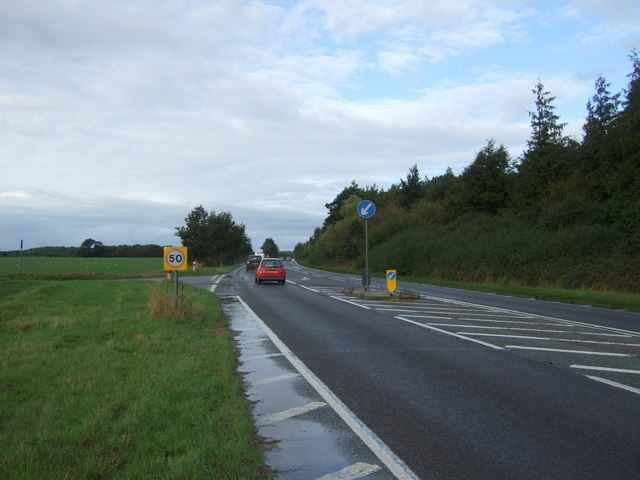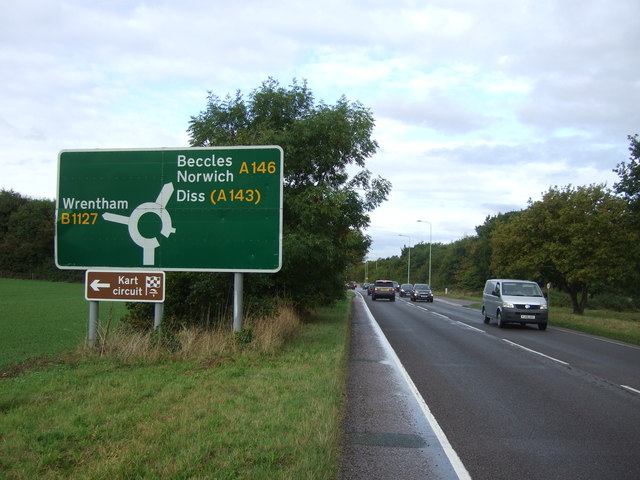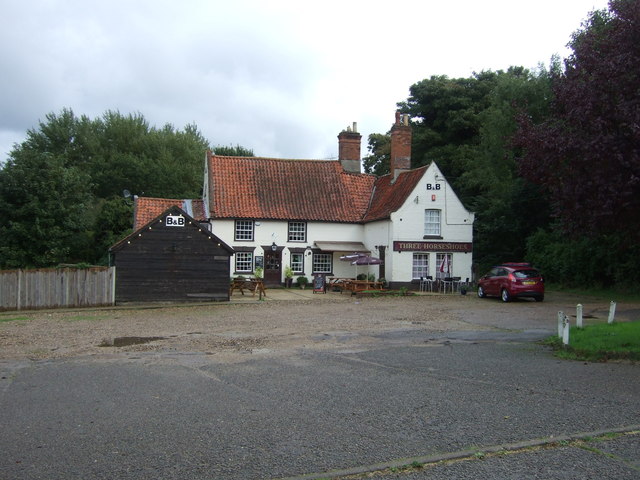Osier Plantation
Wood, Forest in Suffolk East Suffolk
England
Osier Plantation
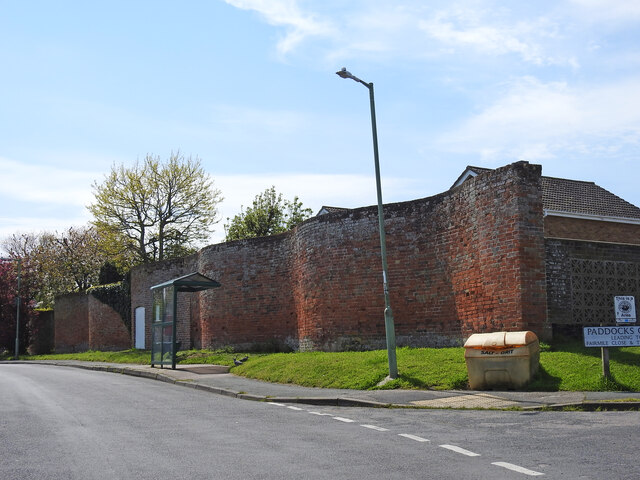
Osier Plantation, located in Suffolk, England, is a picturesque woodland area that is primarily dedicated to the cultivation of osier, a type of willow tree. Spanning over a vast expanse of land, the plantation is renowned for its lush greenery and serene atmosphere.
The main focus of Osier Plantation is the sustainable production of osier, which is a versatile material used in various industries. The plantation carefully manages the growth and harvesting of the willow trees, ensuring the continual supply of high-quality osier. The process involves regular pruning and coppicing, which not only maintains the health of the trees but also encourages new growth.
The plantation is meticulously maintained, with well-defined paths winding through the woodland. These pathways provide visitors with the opportunity to explore and appreciate the natural beauty of the area. The dense vegetation, including a variety of tree species and an array of vibrant wildflowers, adds to the charm of Osier Plantation.
In addition to its commercial activities, Osier Plantation also serves as a habitat for a diverse range of wildlife. The woodland provides shelter for numerous bird species, small mammals, and insects. It is not uncommon to spot deer or rabbits roaming freely throughout the plantation, adding to the enchanting ambiance.
Overall, Osier Plantation is a thriving woodland that combines sustainable industry with the preservation of natural beauty. It offers visitors a chance to immerse themselves in the tranquility of nature while appreciating the importance of responsible land management.
If you have any feedback on the listing, please let us know in the comments section below.
Osier Plantation Images
Images are sourced within 2km of 52.458566/1.6079719 or Grid Reference TM4590. Thanks to Geograph Open Source API. All images are credited.


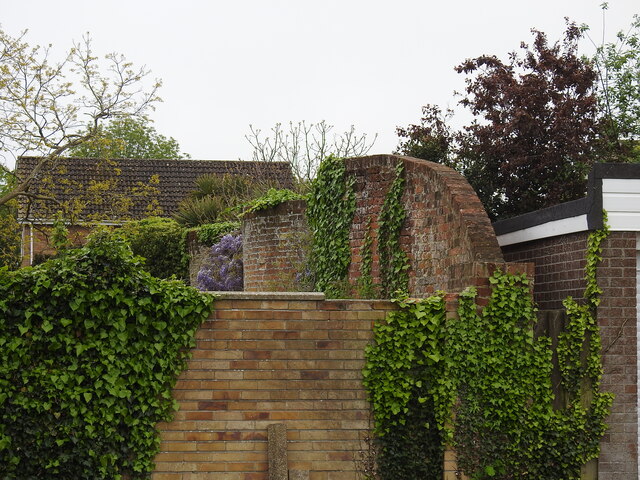
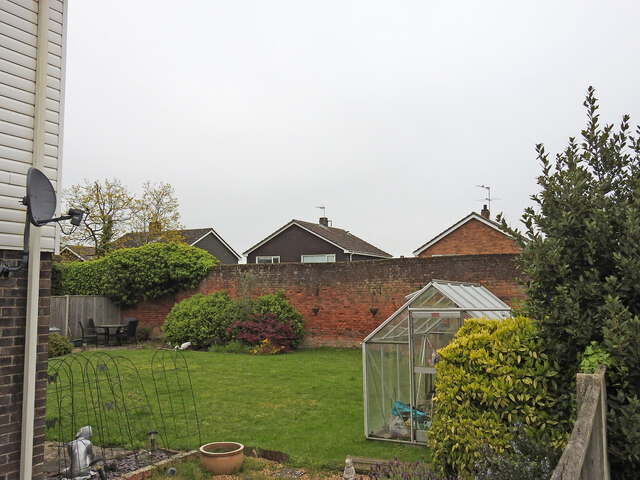

Osier Plantation is located at Grid Ref: TM4590 (Lat: 52.458566, Lng: 1.6079719)
Administrative County: Suffolk
District: East Suffolk
Police Authority: Suffolk
What 3 Words
///canyons.closer.adopters. Near Beccles, Suffolk
Nearby Locations
Related Wikis
Worlingham Hall
Worlingham Hall is a Grade I listed Georgian country house in Worlingham, 1 mile (1.6 km) to the east of Beccles in the English county of Suffolk. The...
Worlingham
Worlingham is a village and civil parish in the East Suffolk district of the English county of Suffolk. It is about 1.3 miles (2.1 km) east of Beccles...
Castle Marshes
Castle Marshes is a 71 hectare nature reserve west of Lowestoft in Suffolk. It is managed by the Suffolk Wildlife Trust. It is part of the Barnby Broad...
North Cove Nature Reserve
North Cove is a 15.5-hectare (38-acre) nature reserve between Beccles and Lowestoft in Suffolk. It is managed by the owner and Beccles Bird Society, is...
Nearby Amenities
Located within 500m of 52.458566,1.6079719Have you been to Osier Plantation?
Leave your review of Osier Plantation below (or comments, questions and feedback).


